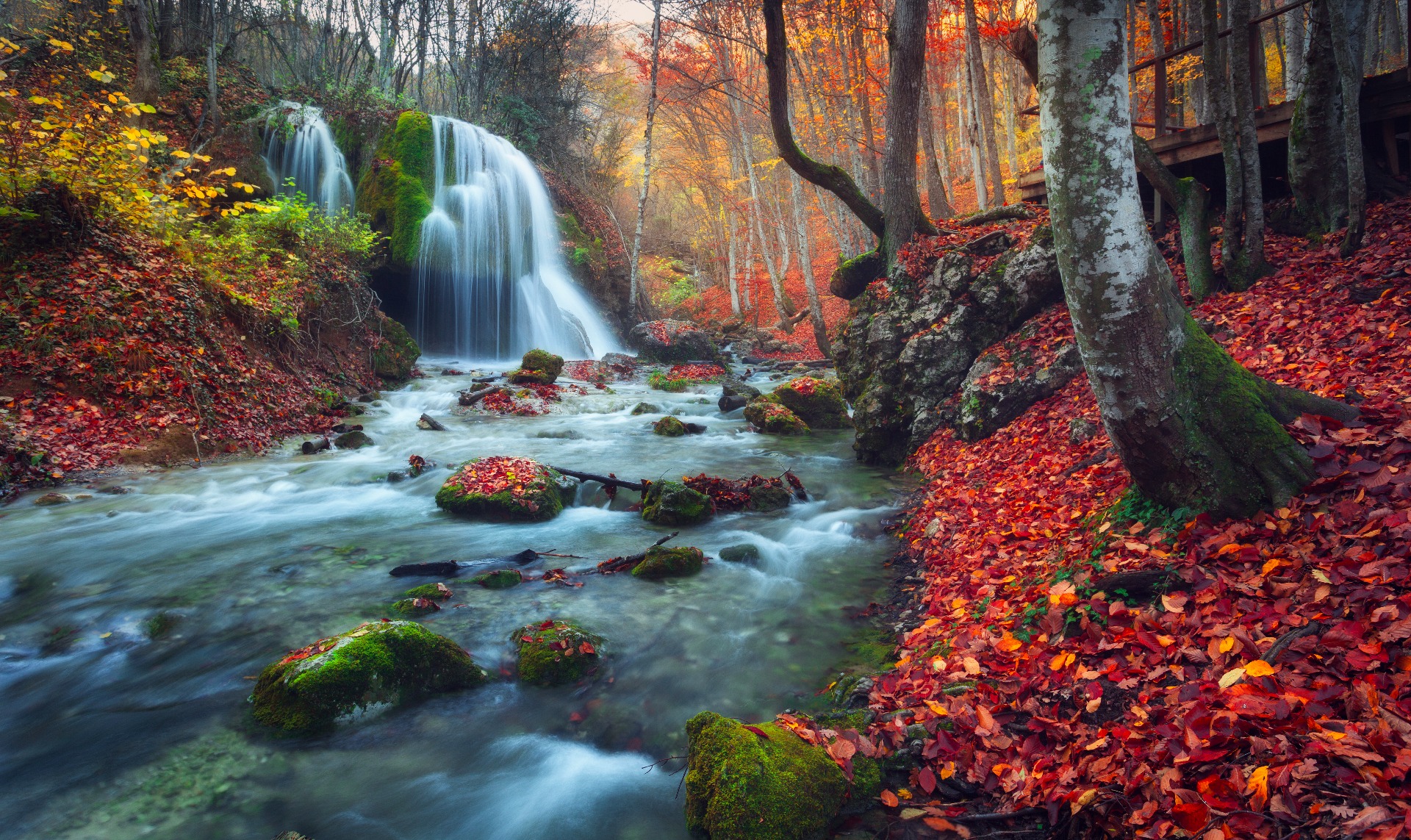
Introduction 3
Introduction 3
Owing to the parama karuna (high mercy) of Sri Chaitanya and his followers, the priceless gift of Radha-Govinda lila has been made available to the fallen people of this age.
In Caitanya-caritämrita, Srila Krishna Das states:
When you realize that Krishna expects something more than vaidhi bhakti,
and
that by only following rules and regulations that leads one to Vaikuntha,
He will not be attracted, then it
is inevitable that your attraction to perform raganuga bhakti will awaken.
The spontaneous devotion of the Vrajavasis is called ragatmika. Only the most
fortunate person hears about such devotion and becomes attracted. (2.22.147)
Smarana-sadhana (meditational practice) has two divisions:
• lila smaran, or remembering the pastimes
• manasi seva, or engaging in service to Radha Krishna within a mentally
conceived siddha svarupa (perfect body).
The first process represents the beginning stage of raganuga sadhana, the latter is for advanced sadhakas.
In his Harinama-cintamani, Srila Bhaktivinoda Thakur labels the first stage of raganuga sadhana as shravan-dasha, or the stage of hearing.
When devotees discover their lobha for hearing Vraja lila katha awaken, the Govinda-lilamrita is the ideal basis for their sadhana.
One should read this book as a daily practice so that the lilas may always fill the mind and mark one's mind. During the shravana dasha stage, it is also helpful to study rasa granthas such as Bhakti-rasamrita sindhu and Ujjvala-nilamaNi, or other lila granthas like Dana keli-kaumudi, Vidagdha-mädhava and Madhava-mahotsava.
Many Gaudiya mahajanas have written about the asta-kala lila. For example,
Srila Vishwanath Chakravarti closely follows Govinda-lilamrita in his
Krishna-bhavanäamrita, adding details but without repeating.
On the other hand, Srila Kavi Karnapur sometimes matches the
Govinda-lilamrita's format and sometimes varies the sequence in his
Krishnanika-kaumudi.
The siddha mahatma, Sri Krishna Das Baba of Govardhan, also known as Dina
Krishna Das, was a junior contemporary of Vishwanath Chakravarti. Besides
writing songs in Bengali like the well-loved jaya radhe jaya krishna, jaya
vrindavana and the Tulasi arati, he compiled two works on the asta kala lila
that are very highly regarded in the Gaudiya Vaishnava world.
The first of these is Bhavana-sara-sangraha, a collection of 3100 verses
taken from thirty-four different works of the Goswamis. The second is the
Gutika, in which Siddha Baba presents a detailed guideline or manual of how to
meditate on Vraja lila in manjari bhava. It is said that Radharani herself
appeared to him and ordered him to write the Gutika, which skilfully blends
both Sri Gauranga and Sri Krishna's asta kala lilas.
In the world of Mahajana-padAvali, the songs of the Bengali Vaishnava poets, there is no shortage of material related to the asta kala lila. Many of Chaitanya Mahaprabhu's direct associates, or other close associates such as Murari Gupta, Narahari Sarkar, Vasudeva Ghosh, Govinda Ghosh, Lochan Das and Narottam Das Thakur, made immense contributions to bringing Goloka's prema dhana, Harinam sankirtan into the reach of the fallen people of the Kali yuga.
The Rasa-tarangini Tika also contains numerous examples taken from this rich
source of nectar. A brief description of Sriman Gaurasundar's pastimes, has been taken from the
Bhavana-sara-sangraha and included at the beginning of each of the eight time
periods. A rasa analysis has also been provided at the end of each chapter to
help
